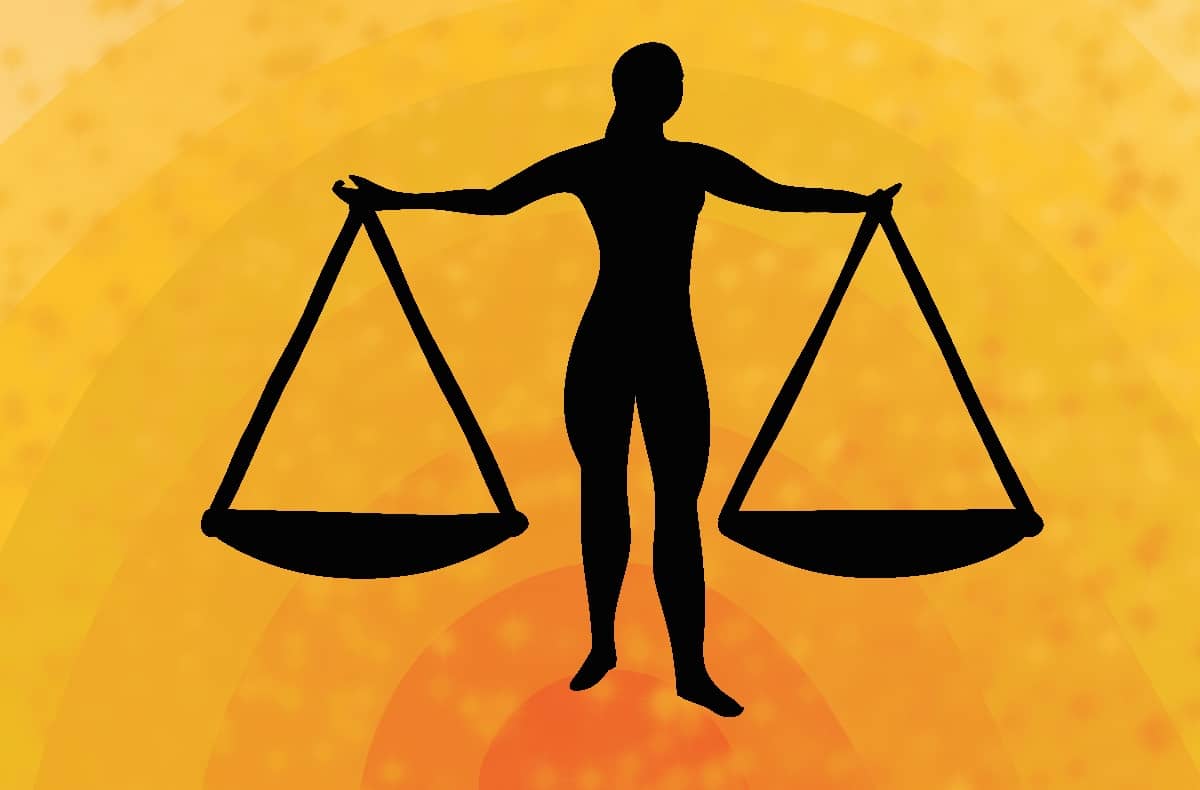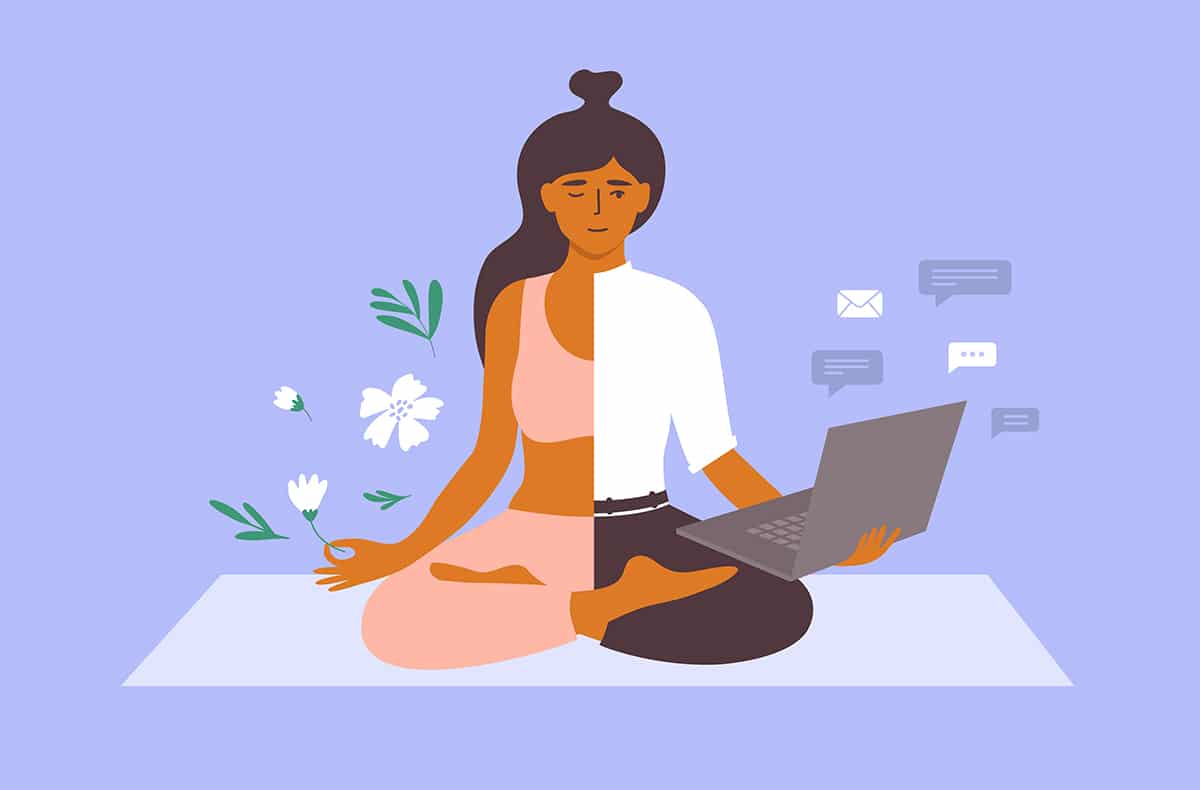
There are a lot of practices from Ayurveda circulating around the internet these days that might be considered “trendy.” As an Ayurvedic practitioner, I appreciate the increased quality and quantity of ancient teachings available to us—typing a word or phrase into a search bar in an online classical text is way easier than combing through piles of books. But not even Ayurveda is immune to the distortion of the internet. We all need to practice a bit of savvy discernment when it comes to the ideas and concepts that surface as “trends,” which are often presented with a lack of critical context.
Ayurveda “works” because there’s no one-size-fits-all approach. There’s no magic herb, yoga pose, meditation, or product that will solve all of your problems, and certainly no one thing that will support you your whole life. What works for me won’t work for you (which makes it hard to write articles like this that are actually helpful!). I want to pause on this point because it’s so counter to the messages we get about health in the West, where the next big thing always promises to be “the thing” to solve all your problems. The very fact that trends are always changing is proof that nothing will solve all your problems, especially not something you see on social media or an infomercial.
So if you’ve been experimenting with some of the trends you see in Ayurveda or other holistic modalities and not seeing the results you expect, it’s not you! Or rather, it is you . . . and your uniquely divine being simply needs, and deserves its own trend.
In the first half of this two-part article series, I’ll establish what questions you need to ask yourself before taking a bite of the buzzy Ayurvedic clickbait so that these traditions are not only preserved with integrity but continue to help people feel their best for another 5,000 years.
The “It Depends” Approach to Health
If you’re wondering where you can start to improve your health without referring to general guidelines from books or the internet, fear not. There’s a lot of utility in turning to experts and reference material, but the trick to their success is changing your starting place. Rather than searching based on symptoms, which many of us do (myself included) when consulting Dr. Google, the Ayurvedic approach is to start with the root cause of what’s going on. This explains why that cream, superfood powder, or any other trending topic may have worked for the people who wrote raving comments about them online, but not for you. The reason they experienced gas/skin rash/depression/insomnia isn’t the same as anyone else on that thread, including you, so the way to get rid of it will need to be different.
Identifying the root cause of an imbalance can take some investigative work, which is usually done with the support of a practitioner who knows what questions to ask that you might not be thinking of. One place to begin is to look back to when the condition started, and consider what was going on then in all areas of your life—your diet, work, mental health, family, other relationships, travel, environment/season, etc. Consider the qualities of those factors on a general spectrum of stimulation on the nervous system—did those things burn up your energy and make you feel stressed, or did they contribute to a feeling of slowness, heaviness, and darkness to your life? In either case, you’d want to do your best to remove the causes of the problem, but also support your ability to digest those experiences and emotions with your diet and activities that have the opposite effect as the cause (per the tenet “like increases like, and opposites balance”; i.e., if you have a skin rash from excess heat, something like eating chili peppers (also hot) will make it worse, whereas something like drinking milk (which is cold) will improve it…though that also depends 🙂 ).
Note that in this description of why you’d adopt a health measure, I haven’t included “because it seems fun/cool/interesting/popular.” Modern advertising can make it seem like you need everything for sale because of their knack for making everyone feel like they’ve got problems. We do all have problems, it’s true, but the answers are not always outside of you. Ayurveda doesn’t start from that baseline of “you’re broken,” even when you don’t quite feel like yourself. Identifying the cause of an imbalance shows where your body might be responding to a stressor, which actually highlights your ability to respond to something the body doesn’t like. In this sense, we are emphasizing that the body’s baseline of homeostasis is completely self-sufficient. Hence, we don’t necessarily need the practices—trendy or not—if we’re not experiencing an imbalance. The body knows how to maintain itself and repair itself when we get out of its way and stop throwing more things at it to digest and absorb. And so, the answer to whether any practice—trendy or not—will always be “it depends” on the root cause and the nature and history of the individual.
How to Assess Mainstream Ayurvedic Trends
One of the best things about Ayurveda is the fact that there are so many options when it comes to managing or preventing a condition, or maintaining health, in service of all the unique beings who may need that support. Still, there are foods and practices that we come back to time and again because they have the potential to be useful in many scenarios—like how the father in My Big Fat Greek Wedding put Windex on everything. What gets lost in the translation between the traditional recommendations and the modern trendification of these practices is the many ways to personalize them, as well as the fact that they won’t be needed forever.
Keep these questions in mind as you find yourself <3-ing and buying the next trendy essential oil or cleanse you find online or hear about from your yoga teacher.
- Am I feeling balanced, or do I have something that’s a little icky going on?
- Am I seeking a Band-Aid for my symptoms, or can I dive deeper to identify the root cause?
- Does this happen to me often, and are there patterns to its recurrence, or is it new?
- What are the promises of this product/practice? Are they too good to be true?
- Who is sharing this information? Do I trust them, and what are their sources and motives?
Up next: In Part Two of this article series, we’ll dive into some of the more popular trends from the Ayurvedic canon, with tips on how to make them work for you (or not!).



